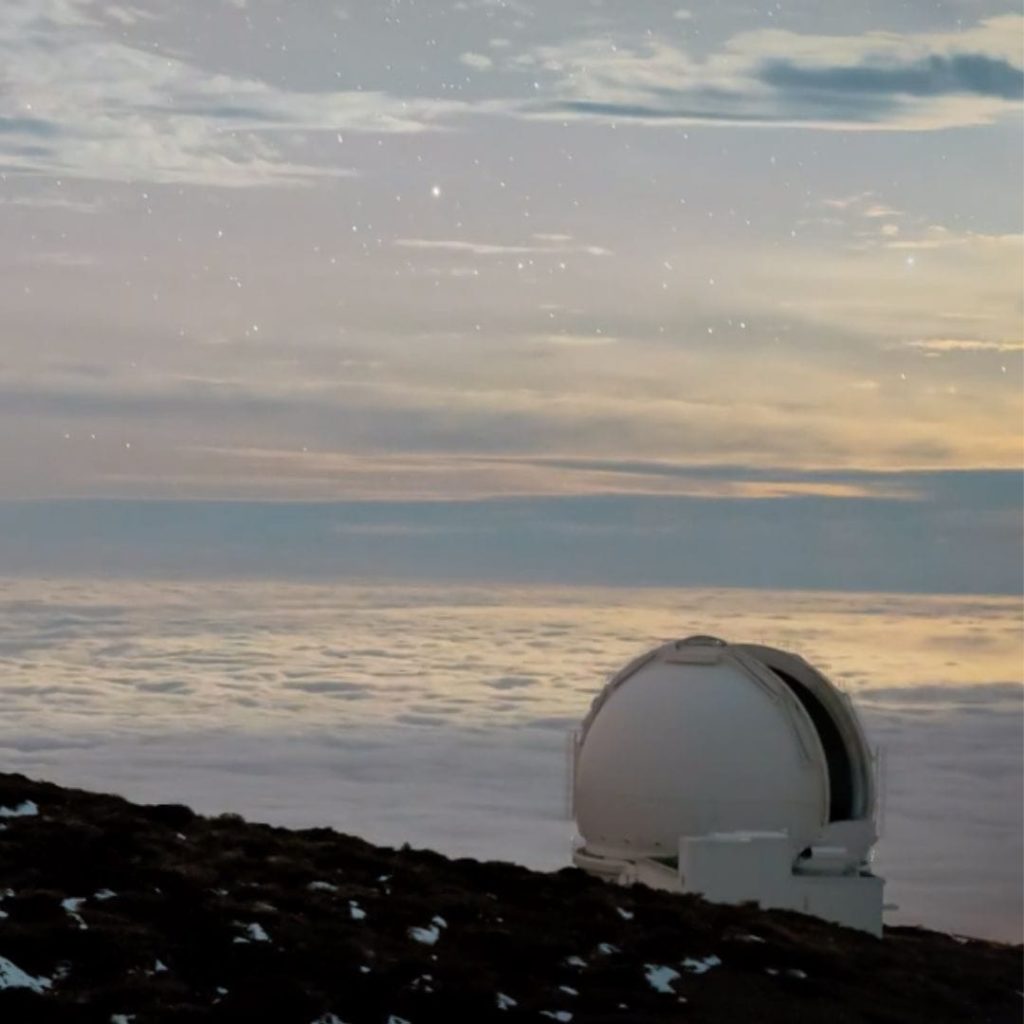La Palma: the island of the stars
A timelapse of a stunning night sky
The Dark Island from Nicholas Buer on Vimeo.
This film was shot over 11 nights in March on La Palma, Canary Islands.
La Palma is often called ‘Europes’ Hawaii’ as it has all the ingredients for a perfect night sky cocktail; altitude, dry air and a lack of light pollution. These elements when combined make for a stunning night sky. Because of it’s clean air and clear skies many of the worlds top observatories have facilities on top of the island.
The main goal of this film was to capture the Milky Way rising from the horizon at a low angle across the sky. There are two main factors that affect the position of the Milky Way; latitude and time of year.
Latitude is your distance either North or South from the Earth’s equator. In the Northern Hemisphere the closer you are to the equator the higher the central core of the Milky Way will rise into the sky. La Palma is positioned at 28˚ North, which is a good latitude to photograph the central core of the Milky Way.
Time of year affects the angle in which the Milky Ways appears in the sky. The general consensus is that the Milky Way season starts in March and ends in October. In March the angle in which the Milky Way rises in the Northern Hemisphere is at its’ most acute. As Spring turns into Summer the Milky Ways angle increases tilting until it is upright through the months of June to August, then falls away back on itself slightly through September to November until the core disappears from view through the Winter months.




To achieve the correct angle I had to visit as early as possible in the season and with the new Moon phase of March being the week of the 6th the plan was set. You would think that with La Palma being at a latitude that is on par with Northern Africa the conditions would be favourable any time of the year, but with altitude and the trade winds blowing in, this was not the case.
I was hiking with a heavy pack back at altitude through very high winds, it was possibly the toughest conditions I have ever encountered in my time shooting astrophotography. But funnily enough it was not the wind, altitude or the cold that was the hardest part, the real test was having the endurance to wait out in these conditions for the Milky Way to rise which happens in March at around 3am. It is safe to say that after 11 consecutive nights of hiking from dusk and shooting until dawn I was a little broken, but adventure only truly starts when you are faced with challenges, when you overcome them, you remember these moments with far more clarity over anything else.
To view more of my work please visit:
www.nicholasbuer.com
Follow Nicholas Buer:
www.instagram.com/nicholasbuer
www.facebook.com/nicholasbuerphotography
All Footage Copyright © 2016 Nicholas Buer
All Rights Reserved
Astrotourism La Palma Stargazing © La Palma Natural – La Palma Island, Canary Islands

Leave a Reply
You must be logged in to post a comment.